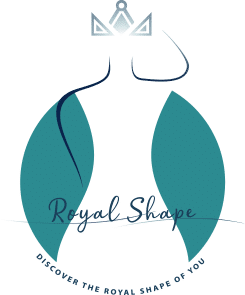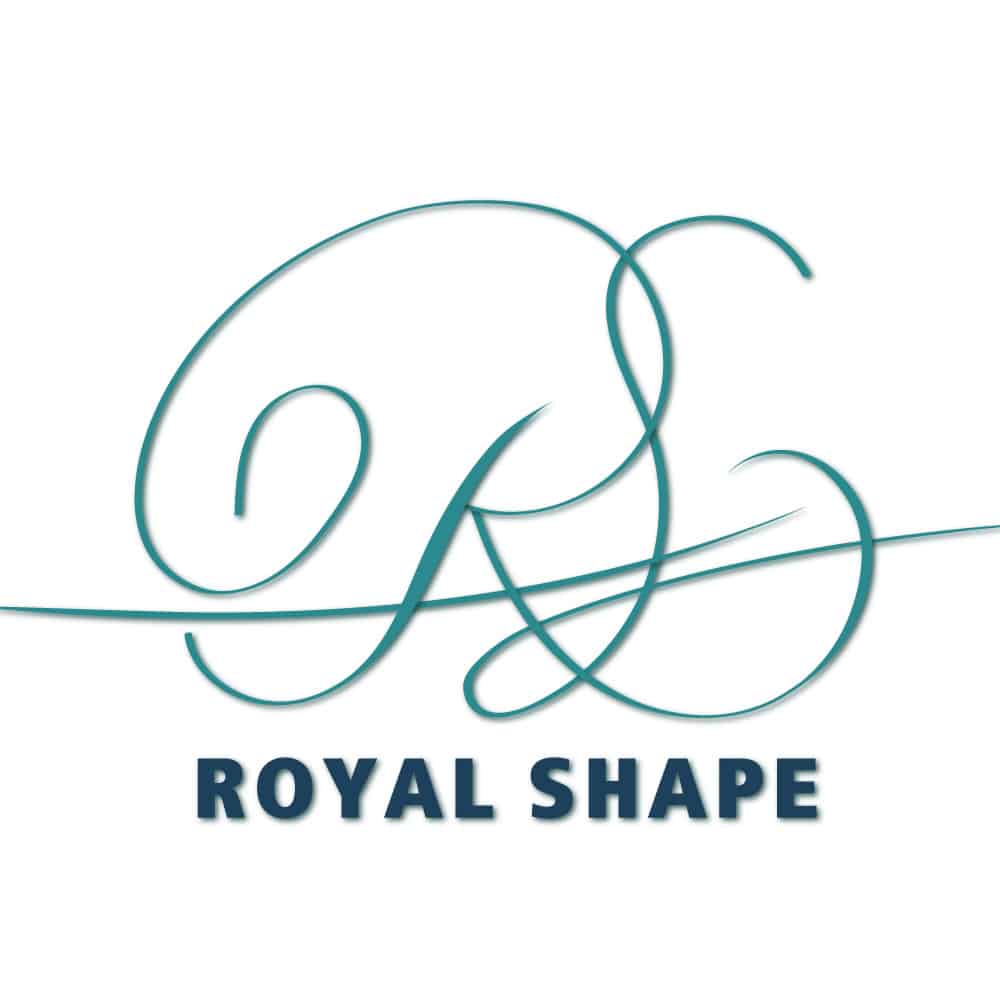What is a Rhinoplasty?
(Nose Correction Surgery)
A Rhinoplasty is a surgical cosmetic nose reconstruction procedure for individuals with related health/breathing issues, congenital deformities (birth defects), accident-related deformities, or for those who are simply dissatisfied with the appearance of their nose.


Rhinoplasties are categorised as follows:
1
Regular Cosmetic Case:
for individuals with no nasal/nose-related health issues or a deviated septum. This would not require cartilage support (or manipulation?).
2
Medical and Cosmetic Case:
to rectify a deviated septum, an old breakage, or a previous failed operation, whilst also correcting problems in breathing.
3
An internal cartilage is needed:
which is taken from behind the ear or from the rib cage of the patient himself/herself.
4
An external (organic) cartilage is needed.

Anesthesia:
Rhinoplasty surgeries are performed under general anesthesia.
Duration of Stay:
Rhinoplasties require a 10-day stay in Istanbul, with 1 overnight stay at the hospital.



Overview
of the Procedure
ِA particular surgical technique is used to open up the nose by making a meticulous surgical incision. The surgeon will then amend the nose either through inner or outer access, depending on the purpose of the operation. A few nasal cartilages and bones may be removed, and a cartilage can sometimes be placed (either internally sourced; from within the body or externally sourced) to achieve desired results. The incision is sewn up by blending the stitches with the lines below the nasal tip, in a professional and concealed manner to prevent any visible operative scars. Stitching threads are manufactured using special medical materials that dissolve naturally as wounds begin to heal.
Pre-Op
- Upon deciding to go through with a Rhinoplasty, the patient must first set up a consultation with the cosmetic surgeon in order to perform a thorough assessment and understanding of the case specifics.
- Then, front and profile (left and right) photos are taken for reference. This step is fundamental in estimating the outcome of the operation and ensuring the best possible results are achieved.
- Afterwards, the surgeon will draw some lines on the patient’s nose and face, marking the modified shape and size of the nose in order to facilitate decision making, as these will determine the balance, harmony, and overall aesthetic of the new nose in comparison to the patient’s face. Therefore, this step is also significant for anticipating the post-op outcome, as accurately as possible.
- It is worth reminding the patient to keep a hopeful mindset and a positive attitude towards the surgery, as the psychological factor is ever essential for operative success!
Post-Op
- After the surgery, the patient is transmitted directly to their room whereby a team of nurses will monitor their vitals as the anesthesia wears off.
- Upon waking from anesthesia, the patient may feel some discomfort, swelling, and dizziness. It is nonetheless important to start lightly walking a few hours after waking.
- On the Day 7 following the operation, a doctor’s visit is required to remove the outer cast and inner suppositories from the nose. This will be the first time the patient sees their new nose.
Important Instructions and Aftercare
for Pre and Post-Rhinoplasty
Pre-Op
Post-Op
- Stopping the intake of any vitamins or dietary supplements, as well as refraining from drinking green tea or taking any blood thinners such as Aspirin, one week prior to the surgery (check with your doctor/GP).
- Reducing (preferably refraining from) smoking one week prior to the surgery.
- Refraining from alcohol consumption at least one week prior to the surgery.
- Fasting in the 8 hours leading up to the surgery.
- Removing all worn jewellery and nail polish before going into surgery.
- Carrying the full surgery cost in cash (USD or EUR).
- Carrying one’s passport on both the consultation and operation days.
- Please inform your personal medical consultant within the Royal Shape team in case of any medical updates prior to the surgery.
- For a period of 10 days following the surgery, the patient must sleep lying on their back and on a high pillow, with their arms maintained at chest level.
- Refraining from smoking for 2 weeks post-op.
- Avoiding the carrying of any heavy objects for the initial period after the operation.
- The patient will be able to shower once the cast has been removed.
- Showers should be quick and not too hot.
- Avoiding any blood thinning medications such as Aspirin while in the recovery period.
- Refraining from wearing glasses for 6 months.
- Avoiding spicy foods.
- After the surgery, the patient must clean their nose properly as instructed by the doctor.
- Committing to the prescribed medication regimen and following the instructions carefully.
- Avoiding any aggressive physical activities that may lead to sustaining injuries.
Your case will be monitored by the medical follow-up department on a monthly basis following the operation for a full year to ensure adherence to instructions for the best results.



